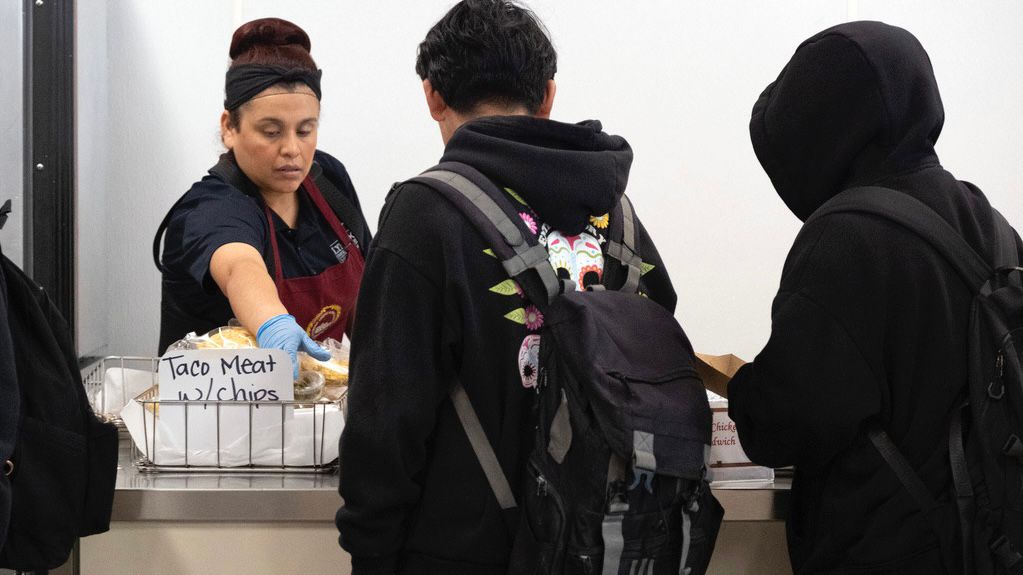Schools will need to phase in meals with less sugar and salt under new nutrition standards the U.S. Department of Agriculture announced Wednesday. The new rules will phase in gradually between fall 2025 and fall 2027.
“This is designed to ensure that students have quality meals and that we meet parents’ expectation that their children are receiving healthy and nutritious meals at school,” Agriculture Secretary Tom Vilsack said Tuesday during a briefing on the new rules.
The new nutrition standards call for limiting added sugars in cereals, yogurts and flavored milks by fall 2025 and reducing sodium 10% in breakfasts and 15% in lunches by fall 2027. Beginning this fall, schools will also have the option of requiring unprocessed agricultural products to be locally grown, raised or caught when purchased for school meal programs.
“The goal here is to make sure that we are doing everything we can to be supportive of our own producers and our own industry,” Vilsack said.
Schools will have limits on the percentage of non-American grown and produced foods they can purchase starting with the 2025-2026 school year. Non-American foods will be capped at 10% in fall 2025 and reduce to 8% by fall 2028 and 5% by fall 2031.
The USDA expects the new rules will result in a 1% cost increase over the next 10 years.
About 30 million children receive breakfasts and lunches at K-12 schools. The USDA says school meals are the main source of nutrition for more than half of the children who receive them.



